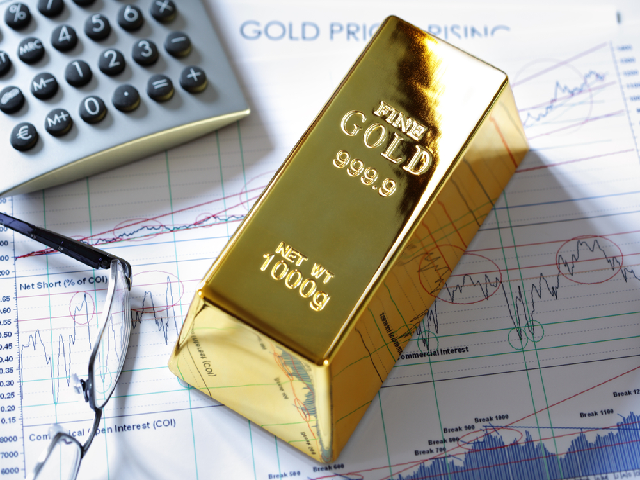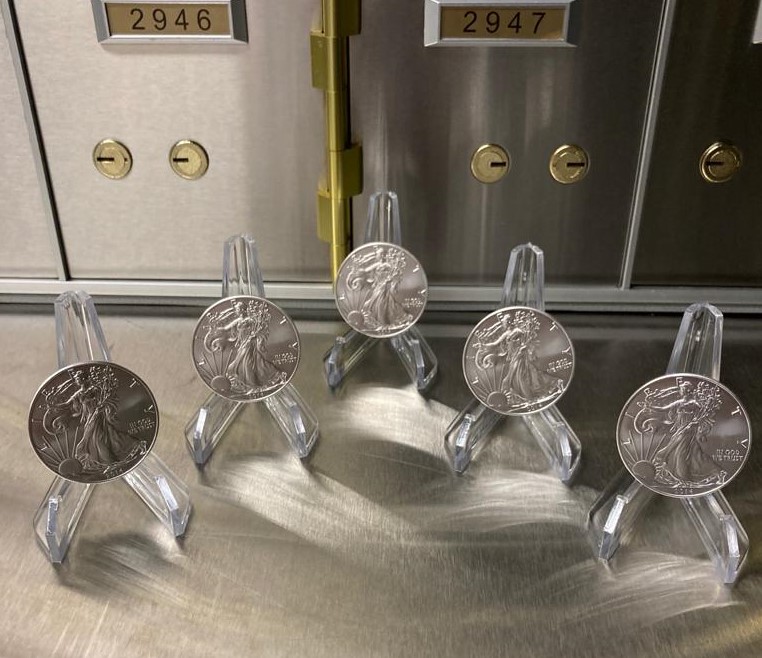
Why is the Cost of Physical Gold Higher than the Spot Price?
Introduction:
There are multiple ways to invest in precious metals, with investors usually choosing between holding physical bullion or investing in paper gold/silver through an ETF (Exchange-traded Fund). Investing in physical gold is the most secure way of investing in gold, as unlike ETFs, there are no counterparty risks. In this blog, we will look into the main reasons why the cost of physical gold is higher than that of the spot price.
What is Spot Price?
The spot price of gold can be defined as the live market price that the metal can be bought or sold at on the global marketplace. The price is relayed on major commodity exchanges such as the LBMA (London Bullion Market Association). Spot price is determined through the trading activity that is undertaken on these exchanges where banks, financial institutions and bullion dealers buy and sell gold in large quantities. The price changes frequently throughout the day due to market dynamics. Various factors influence the spot price daily, such as central bank policies, economic indicators, and geopolitical events. The spot price of gold acts as a reference point for the pricing of gold products that are sold by precious metals trading firms.
Physical Gold Price V.S. Spot Price:
Bullion dealers typically apply additional costs and premiums to the products that they offer customers. There are a number of reasons as to why these extra charges are applied. These are as follows:
- Refining Costs:
Refining gold is the initial stage of the process in forming physical bars and coins. This involves the heating and melting of gold and other additives at a temperature that lies between 1,000-12,500 degrees celsius. Upon melting, the gold is collected while the other metals and impurities are left behind. After an assessment is complete, the gold is moulded into bars. - Production and Minting Costs:
There are costs associated with transforming gold into bars and coins. Gold bars can either be casted or minted in the production process. Cast bars have lower premiums, meaning they can be purchased at a closer level to the spot price. This is due to the fact that this method is a simple process. Minted bars demand a higher premium because of the time-consuming process that occurs when refineries produce bars in this manner. Due to the difficulty associated with minting coins, the premium applied is generally higher than that of a bar. - Distribution and Overhead Expenses:
Bullion dealers incur costs that relate to the distribution of physical gold. Transportation, security and insurance costs are all taken into account when determining the premium applied to precious metal products. The overhead expenses that the company incurs will also be taken into account as the firm selling the physical gold and silver products will be looking to make a profit from their business endeavours. - Taxes and Government Regulations:
Gold is not subject to VAT and therefore no additional costs are applied in terms of taxation. However, other precious metals i.e. silver, platinum and palladium, are subject to VAT. This is an additional cost on top of the premiums that are applied to the sale of these products.
Conclusion:
Paying over the spot price is normal when investing in physical precious metals. This is due to the many costs that are associated in getting the bars/coins from the refinery to the investor. Although purchasing physical gold is more costly than purchasing paper gold, there are far more advantages for the customer such as tangibility, zero counterparty risk, and global acceptance.

